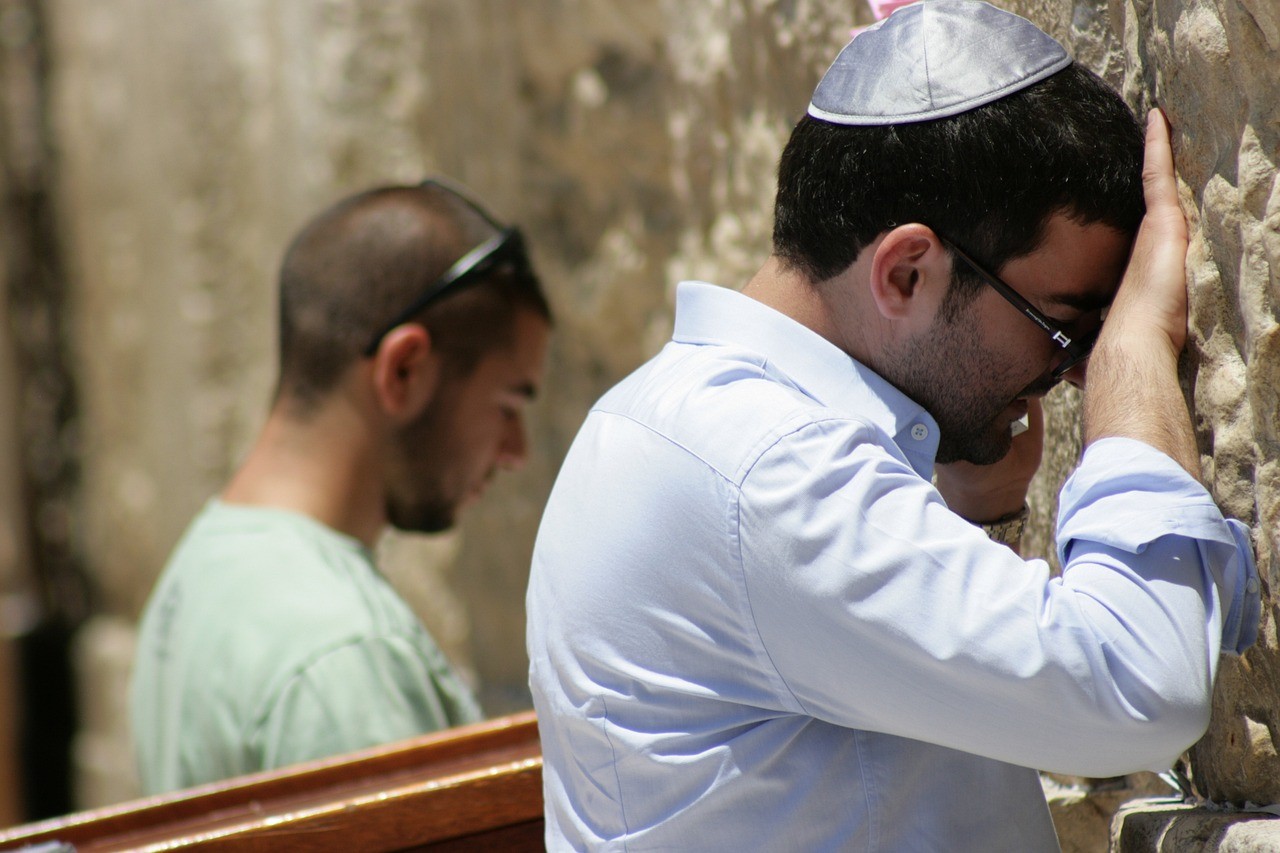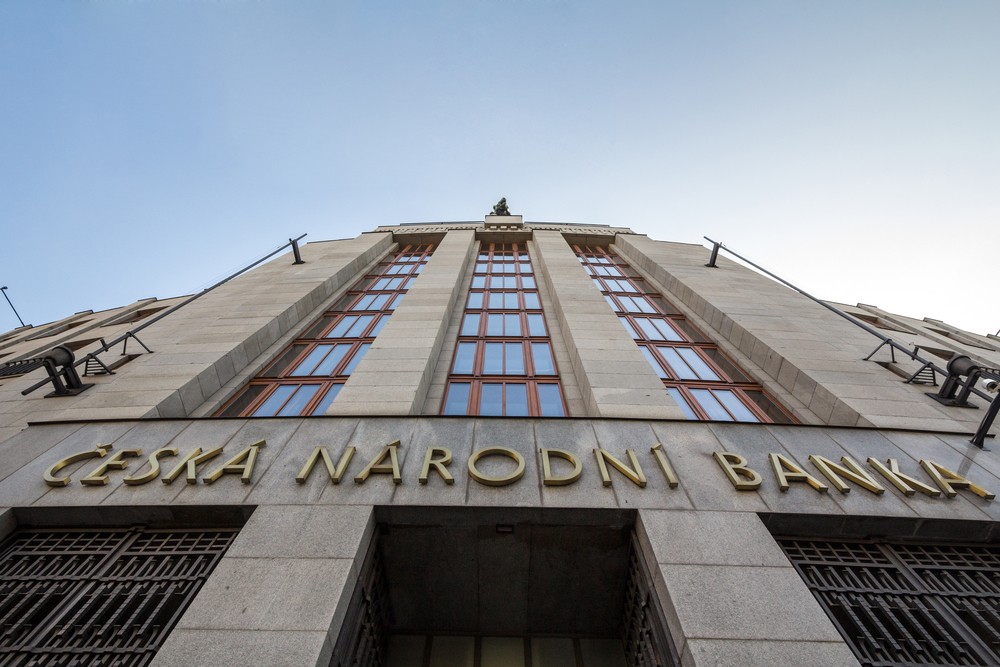Prague, May 3 (CTK) – The world’s oldest fossil plant, a six-cm-long stem that is 432 million years old, was a part of the collections in the Prague-seated National Museum’s (NM) depositories for 150 years before being uncovered by contemporary experts, the NM told CTK on Thursday.
The preserved fossil proves that the terrestrial flora in the relevant period could produce oxygen and must have had a green colour, say the experts from the NM, Charles University’s Faculty of Sciences and the Czech Academy of Sciences, who assisted in the discovery and have written about it in the Nature Plants journal.
The fossil stem was found by famous French paleontologist Joachim Barrande (1799-1883) in the rock massive near the Lodenice village, southwest of Prague. Barrande’s collection was later acquired by the Patriotic Museum, which was the NM’s predecessor in the early 19th century.
No one paid any special attention to the fossil plant at the time. It was labelled an unknown fossil species and put in a depository.
Experts uncovered it only in 2011 when paleontologists were moving the NM’s collections to other depositories outside Prague before the reconstruction of the museum historical building, which dates back to the late 19th century.
The NM says the fossil is interesting not only for its age but also its size. The so far known oldest plant remnant in Ireland is only a few millimetres long, and other plant fossils found in Britain and Brazil did not cross 2.5 centimetres either.
“It was supposed that so small a plant could not have contained supportive, conductive or even photosynthetic tissues. Paleontologist Kevin Boyce even supposed that those first plants could not be green. The Czech find, some six centimetres long, refutes this theory. The size of the stem of the described specimen clearly proves that this cooksonia plant’s body volume was sufficient for it to secure the basic functions of a vascular plant, including photosynthesis, the distribution of water and nutrients, and to be capable of independent life,” said the NM, which is to put the fossil on display in its reconstructed building to be opened this autumn.













